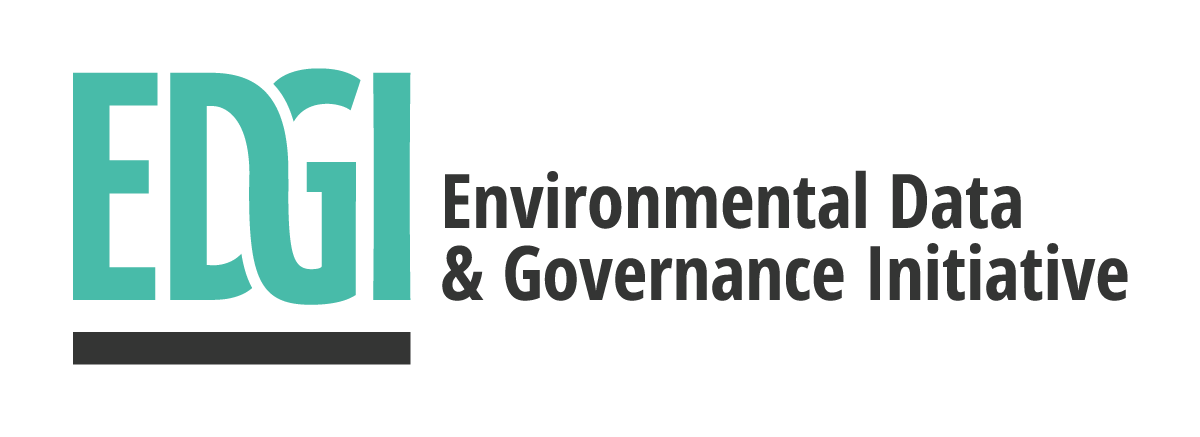This October marks the 50th anniversary of the Clean Water Act (CWA), the United States’ primary federal legislation protecting water quality. The CWA is meant to minimize water pollution in rivers, lakes, and streams, protecting both public health and wildlife habitat. Fifty years later, and over seventy years after the onset of hydraulic fracturing (or fracking), federal loopholes and the structure of the CWA itself have left fracking largely unregulated. In this report, we share results from a novel analysis of fracking disclosure data showing that 85 chemicals regulated by the CWA have been used in fracking since 2014, totaling nine billion pounds over that time period. We combine this with an analysis of EPA data on oil and gas facilities’ effluent violations, inspections, and penalties that shows simultaneously increasing violation rates and decreasing inspections since 2001. Other key findings include:
- Nine billion pounds of chemicals regulated under the CWA have been reported in fracking operations over the past seven years – roughly the same weight as the water that 1,534 olympic-sized swimming pools can hold.
- The rate of effluent violations has increased since 2015, reaching as high as 80% in 2019. Meanwhile, the rate of facility inspections has shown a marked decrease, from 50-60% in 2001 and 2002 to about 12% in 2022. Only 1,017 facilities (less than half) have reported any inspections since 2001.
- Many fracks used chemicals in masses far greater than their Reportable Quantities (RQs), which are a benchmark for individual chemicals’ relative toxicity by mass. Benzene, which has an RQ of 10 pounds, was used in an average of 6,636 lbs per job. This amounts to an average use of benzene that is 663 times greater than its RQ.
- 17.5% of oil and gas facilities regulated under the CWA’s National Pollutant Discharge Elimination System have reported at least one effluent violation since 2001.
- The two permits with the highest violations are responsible for 346 and 347 violations respectively – more than one a month.
By combining these different data sources within an intentionally fragmented landscape of data on oil and gas extraction, processing, and transport, we are able to create a larger picture of the CWA’s impact on oil and gas across the supply chain. Finally, we recommend changes to the CWA to make it more responsive over the next 50 years as the US deepens its investments in natural gas rather than truly renewable energies.
Fracking-and-the-CWA-reportAuthor(s): Vivian Underhill, Lourdes Vera, Eric Nost, Kelly Wilkins, Madison Sonnenday, Sara Wylie, and EDGI
Publication Date: October 31st, 2022
Preferred Citation: “50 Years After the Clean Water Act, Toxic Chemicals it Regulates are Still Used in Fracking”, (Environmental Data & Governance Initiative, October 31st, 2022)

